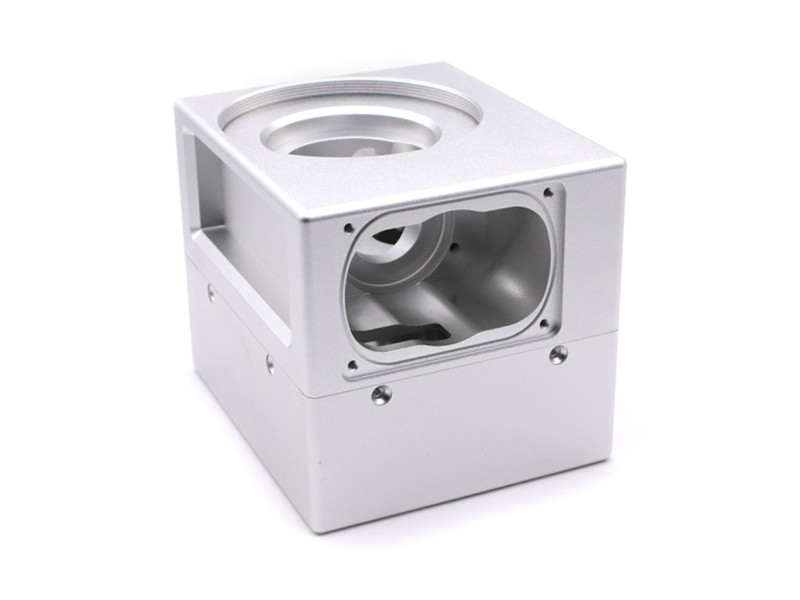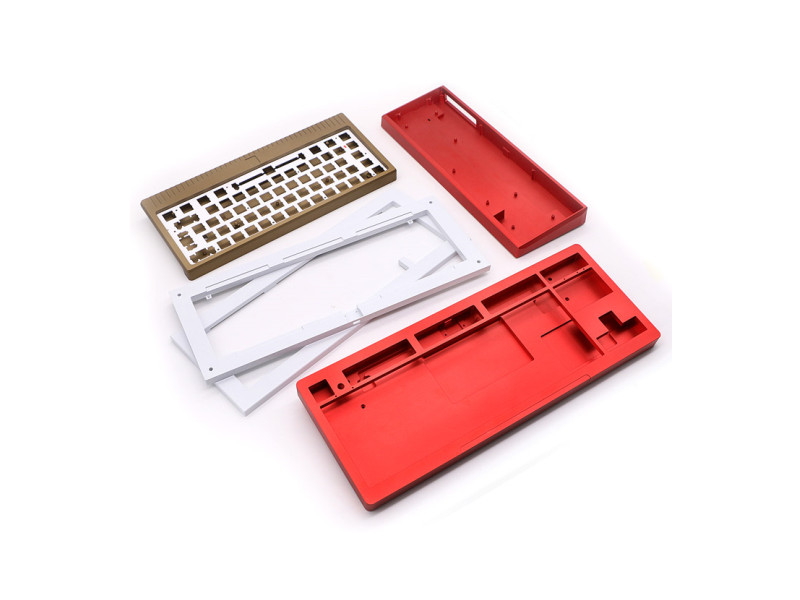A. The five major technologies of aluminum alloy parts CNC processing:
1. Machinery processing of aluminum alloy parts
Also known as CNC processing, automatic lathe processing, CNC lathe processing, etc.
(1) Machining mold accessories such as cars, milling, planing, drilling, milling, etc., and then repairs the necessary repairs to the fitter to assemble it into various molds.
(2) High accuracy requirements for mold parts and processing only with ordinary machine tools are difficult to ensure high processing accuracy. Therefore, precision machine tools need to be used for processing.
(3) In order to make the convex molding accessories, especially the complicated shape of the convex mold, the processing of concave molded pores and cavity is more automated, and the fitter's repair work is also more automated. CNC grinding machine) Machining mold.
2. Pouring processing of aluminum alloy parts:
Point refers to external formed processes that rely on punching and molded panels. Plate, pipes, and profiles to make it plastic deformation or separation to obtain a required workpiece (punching parts) that requires shape and size. The stamping part is the production process of the product accessories that use the power of conventional or dedicated punching machines to directly deform the board in the mold, and then deform to obtain a certain shape. Size and performance product accessories. Board. Mold and equipment are the three major elements of stamping processing. The stamping method is a processing method for the cold metal deformation. Therefore, it is also called cold or plate stamping, referred to as stamping. This is a major metal plastic processing method.
3. Precision casting and processing of aluminum alloy parts:
Precision casting is a special cast. The parts obtained in this method generally do not need to process machine processing. Such as molten mold casting, pressure casting, etc.
The accessories obtained by this method usually do not need to be processed by machine. For example, molten mold casting, pressure casting, etc. Compared with traditional casting technology, precision casting is a casting method. This method can obtain a more accurate shape and improve the casting accuracy. The relatively common method is: first designing and manufacturing according to the product requirements (the remaining amount is small or does not leave the amount) mold, the pouring method is used to cast the waxing wax mold, and then repeatedly paint on the wax mold. Inside the waxing mold is to obtain a cavity for dehydration; the shell burned in order to achieve sufficient strength; the metal material for pouring; clear the sand after shelling; the high -precision finished product can be obtained. Heat treatment and cold processing are performed according to product requirements.
4. Powder Metallurgical processing of aluminum alloy parts:
Powder metallurgical is a manufacturing metal powder, with metal powder as raw materials. It is mixed, molded and sintered, and manufactured materials or product technology. Mix metal powder with metal powder (sometimes adding a small amount of non -metal powder) to mix metal powder to make it formed, sintering, and make materials or products. There are two parts, namely:
(1) Manufacturing metal powder (also includes alloy powder, which is collectively referred to as "metal powder").
(2) Mix metal powder (sometimes adding a small amount of non -metal powder) to form and sinter it to make a material (called "powder metallurgical material") or products (called "powder metallurgical products").
5. injection molding of aluminum alloy accessories:
Mix the solid powder and organic adhesive evenly. After the particles are made of granules (〜 150 ℃), inject the internal cavity of the mold cavity in the heating and plasticizer (~ 150 ° C) The adhesive is removed, and then the product is degraded by sintering.
B. There are five ways of processing of aluminum alloy parts CNC processing:
Compared with the traditional CNC processing process, it has the characteristics of high accuracy, uniform organization, excellent performance, low production costs. Its products are widely used in electronic information engineering, biomedical equipment, office equipment, automobiles, machinery, hardware, sports equipment, clocks and watches Industry, weapons and aerospace industries. How many ways to process aluminum alloy CNC?
1. Oxidation processing of aluminum alloy:
Because aluminum is strong and easy to oxidize, the surface of aluminum products should be treated to increase the abrasion resistance and corrosiveness of aluminum profiles.
2. Squeeze aluminum alloy squeeze and form:
Drimage the need for the product model through the mold, pour the semi -finished aluminum into the mold, and squeeze the mold through the squeezer.
3. The shape of aluminum alloy casting:
The melting aluminum liquid is the first process for processing the aluminum product processing of the casting technology to cast the required products.
4, aluminum alloy melting out of impurities:
The process of removing impurities in the melting furnace can ensure that the product's performance is better.
5. Improve the product hardness of ingredients:
Because aluminum itself is a relatively soft material, you need to add some other things to produce products that are relatively hard and everyone needs.










